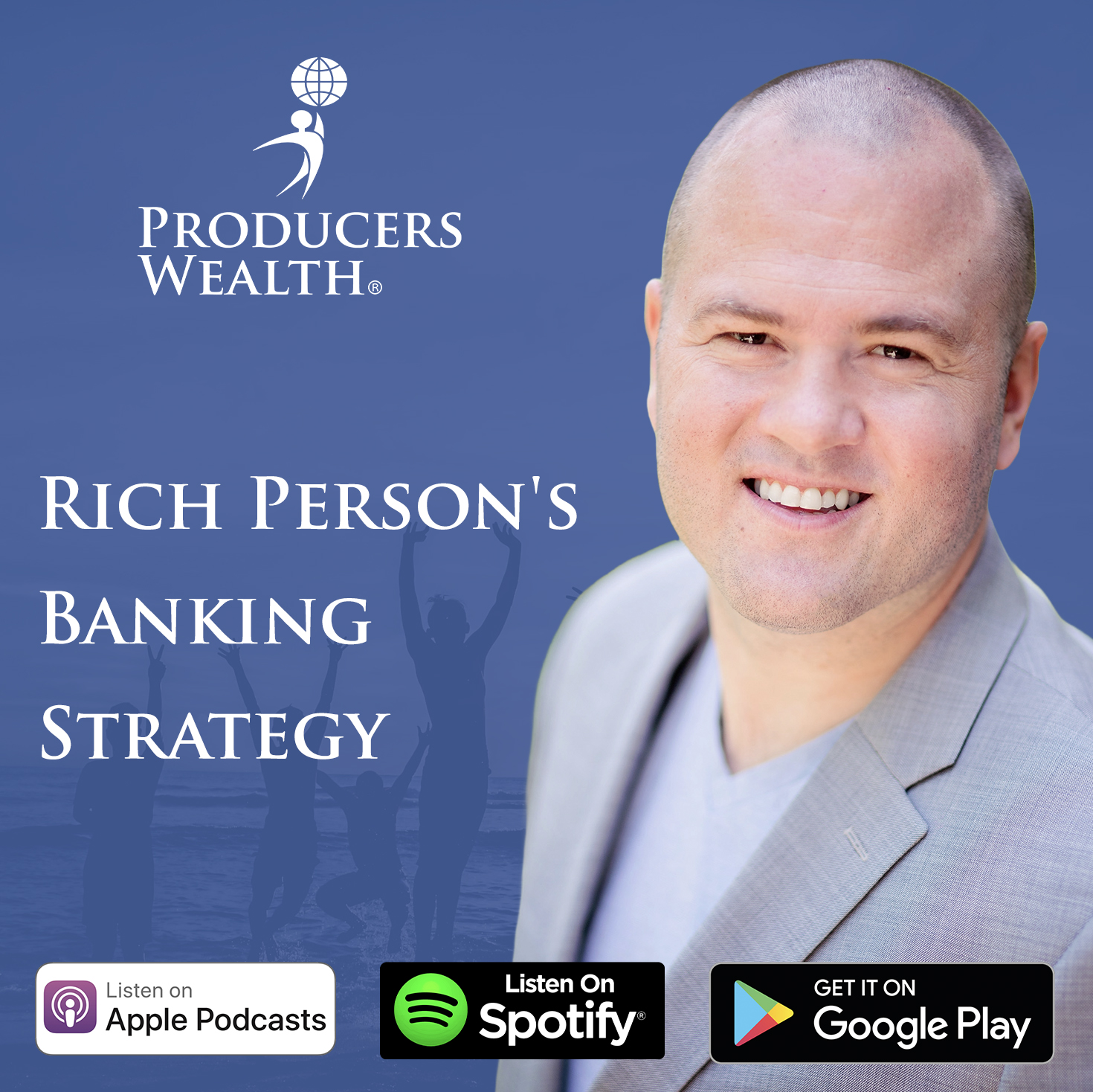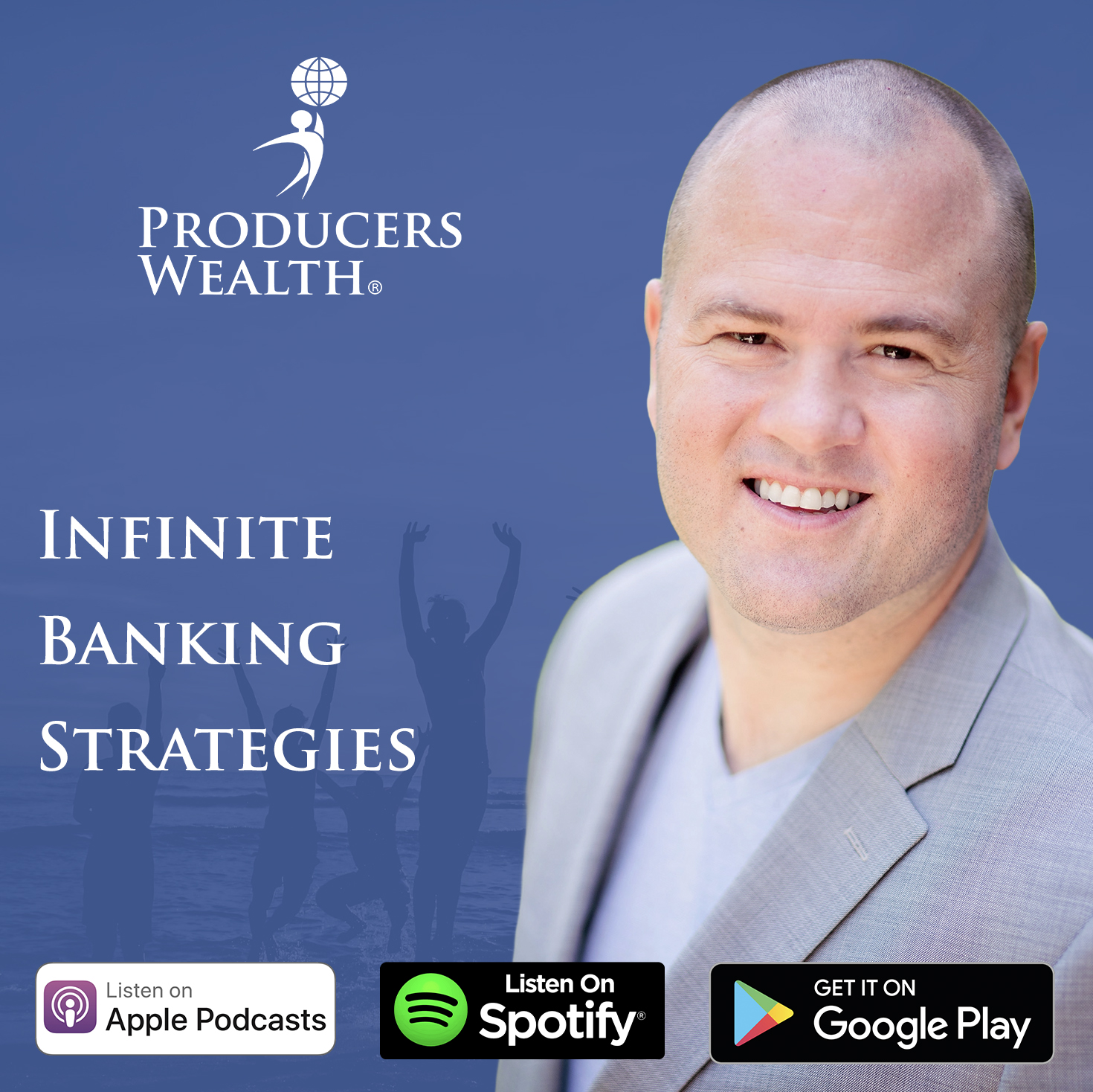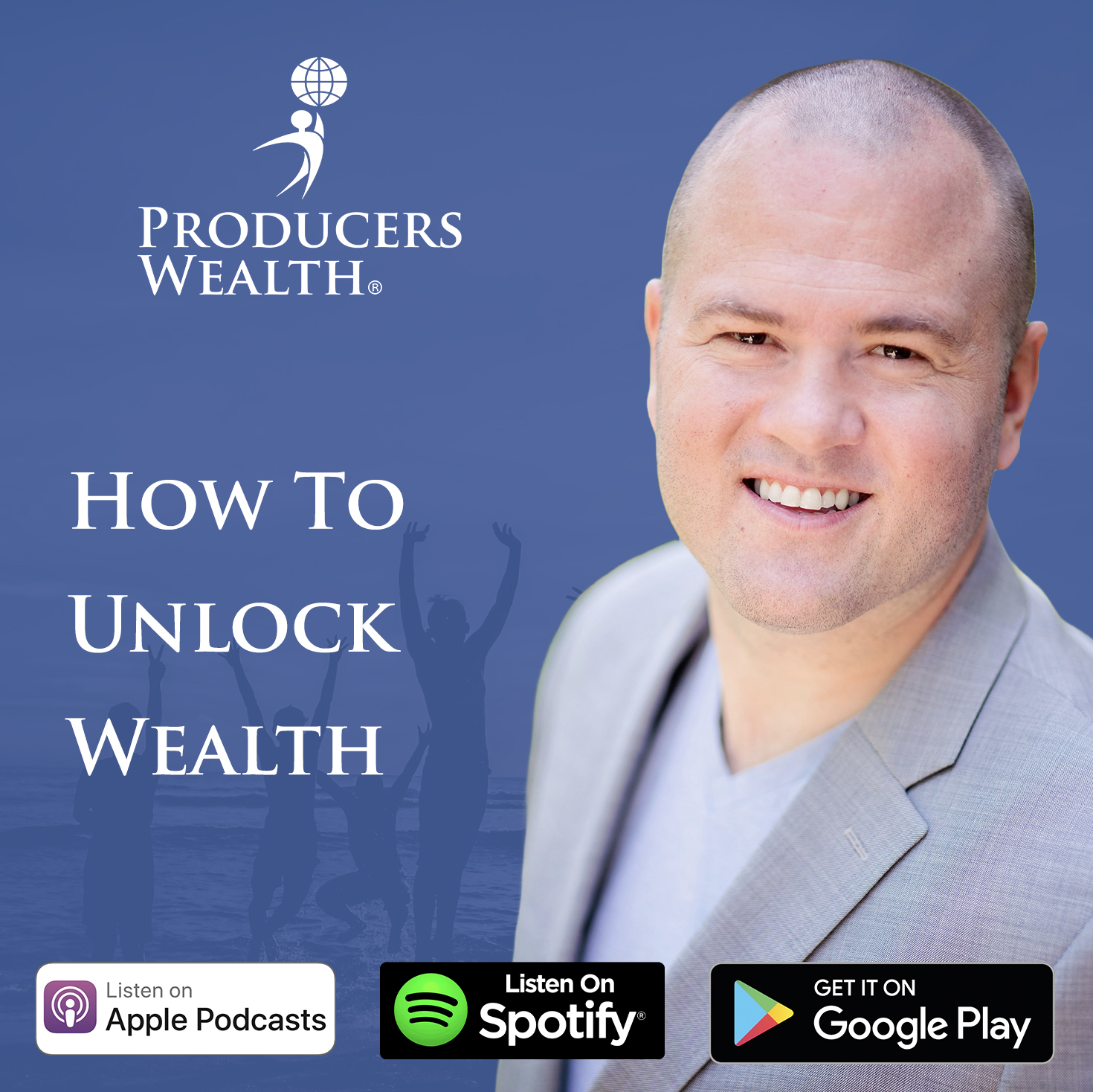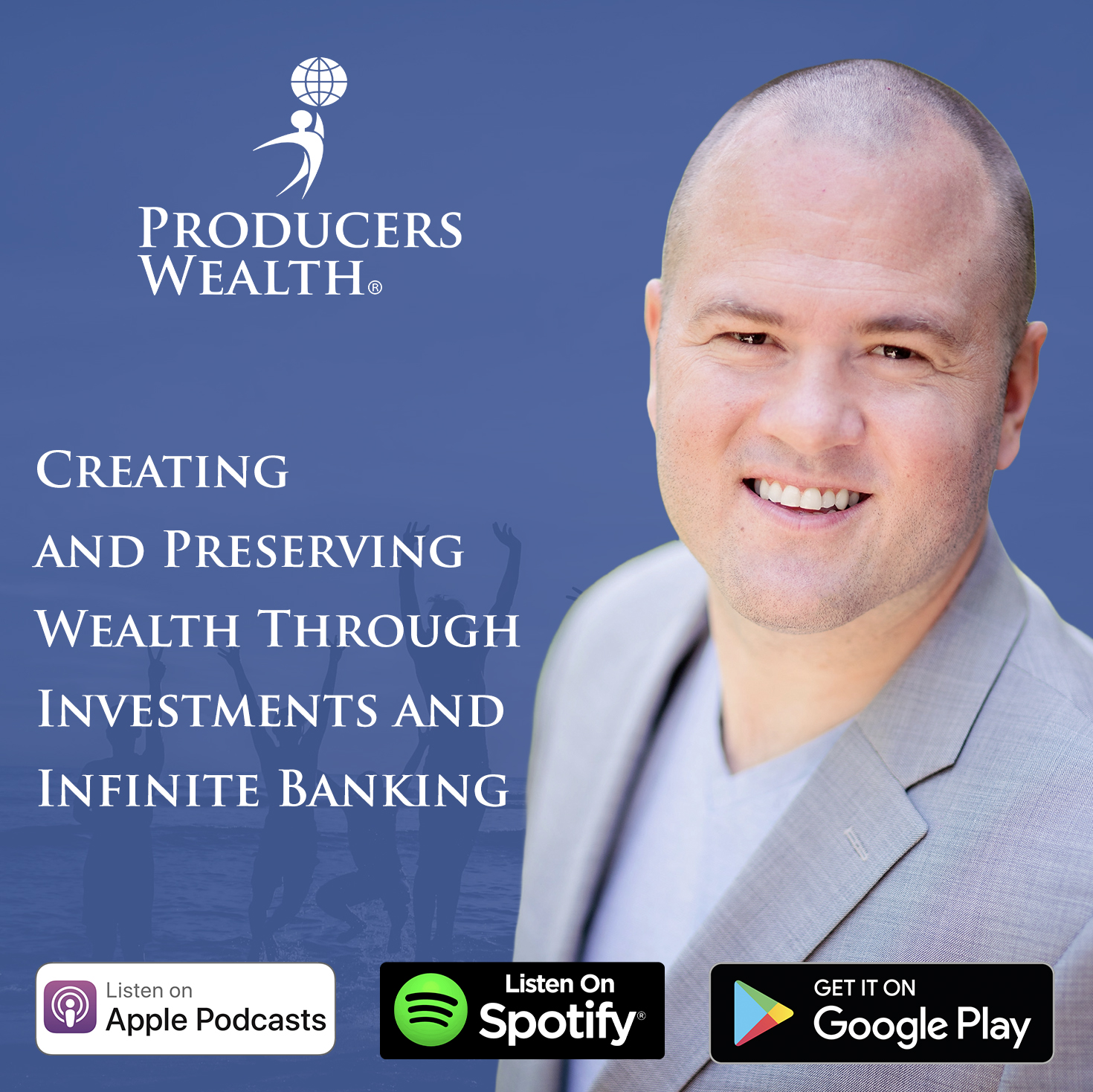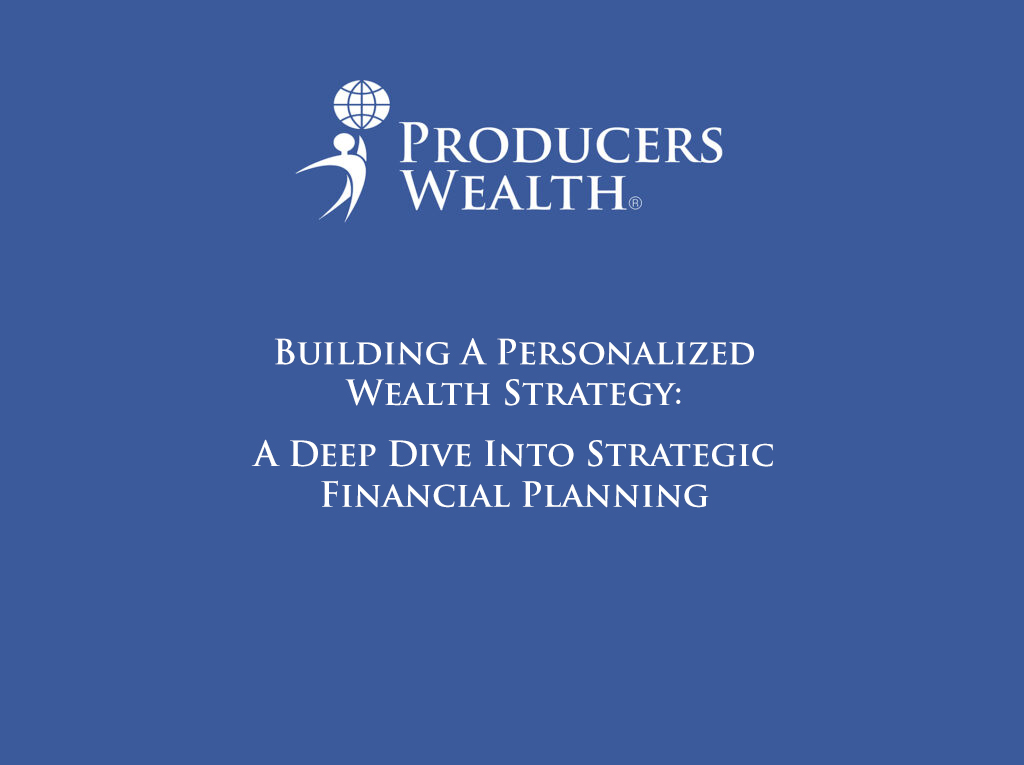
When it comes to building wealth, having a clear, strategic approach is essential. Our framework is built on four fundamental pillars: Cash Creation, Cash Capture, Cash Flow Creation, and Cash Control. These elements form the foundation of a sustainable wealth strategy, ensuring that you have a plan for creating, preserving, growing, and protecting your wealth.
- Cash Creation: This is all about generating income, whether through a business, investments, or high-income skills. It’s where the journey starts. But it’s not just about making money; it’s about leveraging mental capital (your knowledge, skills, and mindset) and relationship capital (your network and partnerships). Are you using your intellectual and relationship assets to their fullest potential?
- Cash Capture: Even if you’re great at earning money, you need a system for capturing that cash. This involves finding and plugging cash flow leaks in your personal and business economy. It means knowing your numbers, having a budget, automating your savings, and potentially using a banking system like an overfunded life insurance policy to store your capital efficiently.
- Cash Flow Creation: This pillar focuses on investments that generate income. It’s crucial to understand the type of investments you want to pursue. Are you interested in real estate, stocks, or something more niche like mobile home parks or self-storage units? Are you planning to be an active or passive investor? Your level of understanding in your chosen area is key to making informed decisions.
- Cash Control: Control over your finances is non-negotiable. This includes having a will, power of attorney, living trust, and a clear estate plan. It’s about protecting your assets through legal structures like LLCs and working with a tax strategist to optimize your tax strategy—not just a CPA who files your taxes once a year.
By evaluating these four pillars, you can identify where you excel and where you might need support. Maybe you’re strong in cash creation but lack a proper cash capture system. Or perhaps you’ve built a solid investment portfolio but haven’t optimized your tax strategy. This framework allows us to identify those gaps and create a plan to address them.
Investing in Yourself: The Ultimate Asset
At the heart of any successful wealth strategy is the understanding that you are your greatest asset. This is the foundation. Everything starts and ends with you. You’re the CEO of your life, the driver of your own success. Here’s what this means in practice:
- Invest in Yourself First: If you have $10,000 to spare, don’t start by investing in a policy or the stock market—invest in yourself. Use that money to acquire new skills, attend seminars, read books, or join mastermind groups. Your ability to create value in the marketplace is your most powerful tool.
- Build Relationships: Your second greatest asset is your network. The people you spend time with, the mentors you have, and the communities you engage with can open doors that you never imagined. A mistake I made early in my journey was not investing in high-quality relationships and mastermind groups sooner.
- Reinvest in Your Business: As a business owner, the biggest mistake you can make is taking money out of your business too soon and handing it over to an advisor to invest in someone else’s company. Instead, keep reinvesting in your own enterprise until you’ve reached a point where diversifying into passive income streams makes sense.
- Leverage Passive Income: At a certain point in your journey, you’ll reach a level where it’s time to diversify into passive, cash-flow-producing investments. This can be a game-changer for you and your business. Imagine having a consistent stream of income from outside investments like real estate, even as you continue to grow your business. This can give you the freedom to make better business decisions, take on ideal clients, and focus on your mission without being solely reliant on your business for income.
The Power of a Scorecard: Measuring Success
To keep track of your progress and ensure you’re moving toward your goals, it’s essential to use a scorecard for your financial strategy. We use four levels of financial success: Security, Independence, Freedom, and Significance.
- Financial Security: This is the foundation. For me, this means having my own family banking system with life insurance policies that provide a tax-free retirement and a cash reserve to fall back on in case anything happens to my business or investments. Security means knowing that your basic needs are covered no matter what.
- Financial Independence: This level is reached when your income from investments covers your living expenses. For example, if your cost of living is $10,000 per month, and you have $10,000 per month coming in from passive investments, you’ve achieved financial independence. It means your lifestyle is no longer dependent on your active work.
- Financial Freedom: Financial freedom means that money is no longer a deciding factor in your decisions. You have enough income coming in that you can pursue your passions, save aggressively, and invest in opportunities without worrying about financial constraints.
- Financial Significance: This is about legacy. It’s the stage where you shift focus from building wealth for yourself to creating a positive impact on others. It’s about contributing to charities, teaching, mentoring, and giving back to your community.
Crafting a Strategy: Self-Assessment Tools
Before diving into specific strategies, it’s crucial to understand yourself. Here are some self-assessment tools that I highly recommend:
- Kolbe Index: This helps you understand your natural way of taking action, which is essential for building a strategy that aligns with your instincts.
- StrengthsFinder: Focus on your strengths rather than spending time on weaknesses. Successful people often partner with those whose strengths complement their own weaknesses.
- Wealth Dynamics: This tool helps you identify your unique path to wealth creation. Different individuals have different approaches to wealth, so understanding your style is crucial.
- Mental and Relationship Capital Inventory: Every quarter, take stock of your mental and relationship capital. What skills do you need to develop? What relationships do you need to cultivate? Set goals for yourself and track your progress regularly.
Putting It All Together: Action Plan for Success
Once you’ve assessed your strengths and weaknesses, it’s time to create an action plan. Use the four pillars of wealth creation as a guide to identify gaps in your strategy and take steps to improve.
- Set Clear Goals: Define your financial success targets and set timelines. Know your numbers—your budget, income, and expenses.
- Identify Weaknesses: Use the framework to see where you need improvement. Maybe you need to automate your cash capture process, or perhaps you need a better estate plan.
- Create a Plan: Develop a step-by-step action plan to address each gap. Find a tax advisor, set up a will, or look for investment opportunities with trusted operators.
- Take Action: Knowledge isn’t power—applied knowledge is power. Re-watch the videos, learn from the strategies, and then put them into practice. The most successful people are those who take decisive action.
The Road Ahead: Building a Legacy
As you progress in your financial journey, always remember that you are your most valuable asset. Invest in yourself, cultivate meaningful relationships, and build a business that serves others. When you reach a point where you have financial security, independence, and freedom, you’ll find that life takes on a new meaning. You can focus on creating a legacy, sharing your knowledge, and making a difference in the lives of others.
If you’re ready to take the next steps, consider applying to work with us. We’re here to guide you through this journey, helping you create a customized strategy that aligns with your goals and aspirations.
Watch all of our educational videos on Infinite Banking here.
Disclaimer and Waiver
Michiel Laubscher & Laubscher Wealth Management LLC is not an investment advisor and is not licensed to sell securities. None of the information provided is intended as investment, tax, accounting, or legal advice, as an offer or solicitation of an offer to buy or sell, or as an endorsement, of any company, security, fund, or other offerings. The information should not be relied upon for purposes of transacting securities or other investments. Your use of the information contained herein is at your own risk. The content is provided ‘as is’ and without warranties, either expressed or implied. Michiel Laubscher & Laubscher Wealth Management LLC does not promise or guarantee any income or specific result from using the information contained herein and is not liable for any loss or damage caused by your reliance on the information contained herein. Always seek the advice of professionals, as appropriate, regarding the evaluation of any specific information, opinion, or other content.
